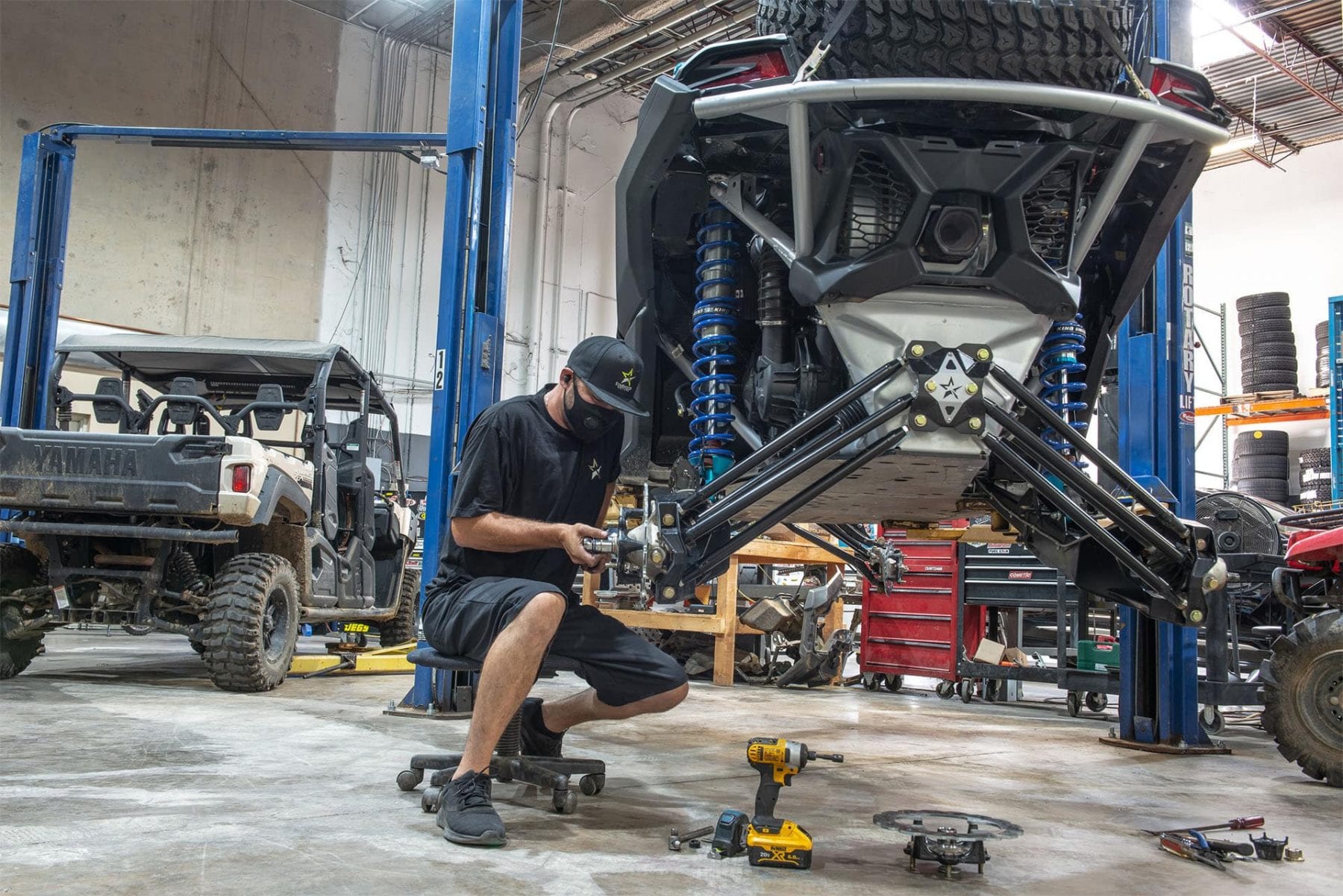ATV Bliss: Discover the Ultimate Off-Roading Experience
ATV Bliss: Discover the Ultimate Off-Roading Experience
Blog Article
ATV Riding Methods: Understanding the Art of Off-Roading

Body Positioning
To successfully navigate through challenging off-road terrain, it is crucial for ATV motorcyclists to continually preserve appropriate body positioning. Keeping the proper body position while riding an ATV not only enhances control and security yet also guarantees the biker's safety. By taking on the right body positioning methods, riders can properly disperse their weight, improve their equilibrium, and decrease the risk of injuries or crashes.
Putting the feet on the foot fixes allows the rider to preserve security and control over the ATV. The motorcyclist's knees need to be a little curved, offering a small suspension to maintain and take in shocks balance.
Moreover, the motorcyclist's eyes must constantly be focused ahead, scanning the surface and expecting any obstacles or adjustments in the trail. By keeping an ahead look, bikers can make instant decisions and react suitably to testing terrain.
Throttle Control
Building upon the value of proper body placing for ATV cyclists, grasping throttle control is a vital ability that enables riders to successfully steer with numerous off-road surfaces. Strangle control refers to the capability to regulate the quantity of power provided to the ATV's engine. By understanding exactly how to control the throttle, riders can make sure a smooth and regulated acceleration, allowing them to browse challenges with precision.
One of the basic facets of throttle control is learning to regulate the throttle smoothly. Sudden or jerky movements can cause the ATV to lose grip or become unpredictable, making it challenging to preserve control. Instead, bikers ought to aim for progressive and calculated throttle inputs, particularly when going across difficult surfaces. This strategy permits the ATV to keep a consistent speed and offers far better grip, minimizing the danger of accidents.
In addition to smooth inflection, motorcyclists must likewise learn just how to balance the throttle with various other riding strategies, such as body positioning and braking. When climbing up high hillsides, bikers need to use enough throttle to preserve momentum without causing or subduing the atv wheel spin. When descending high inclines, cyclists need to make use of the throttle in combination with correct body stopping and positioning to preserve control and avoid the ATV from sliding or tipping over.

Braking Techniques
A necessary facet of ATV riding strategies is grasping reliable braking techniques. It is crucial to bear in mind that rough stopping with just the front brake can create the ATV to pitch onward, possibly leading to loss of control or even flipping over. By understanding these braking techniques, you can enhance your ATV riding skills and guarantee a satisfying and risk-free off-roading experience.
Cornering Techniques
One important facet of grasping ATV riding strategies is recognizing effective cornering techniques. Catching on an ATV can be difficult, but with the right techniques, cyclists can navigate turns safely and efficiently. The trick to successful cornering is to maintain control of the ATV while making the most of traction and minimizing the danger of tipping over.
To perform a proper cornering technique, motorcyclists need to approach the turn at a proper speed, guaranteeing they are not going also quick or also slow. It is essential to change the body weight towards the within the turn, leaning into it to preserve balance and stability. This aids for the centrifugal force and maintains the ATV upright.
In addition, riders must maintain their eyes concentrated on the departure factor of the turn as opposed to the instant course in advance (ATV). This enables smoother and more accurate guiding, as it helps the cyclist anticipate any kind of barriers or modifications in surface
Additionally, appropriate throttle control plays a significant duty in cornering. Motorcyclists must modulate the throttle efficiently, avoiding abrupt accelerations or decelerations, which can cause loss of control.
Uphill and Downhill Riding
When browsing off-road terrain, ATV bikers need to grasp the techniques for uphill and downhill riding to preserve control and ensure security. Uphill riding requires a mix of equilibrium, throttle control, and weight circulation. As bikers rose Continue high slopes, they should lean onward to shift their weight towards the front of the ATV, which boosts grip on the front wheels and my website stops the vehicle from turning backwards. ATV. In addition, preserving a constant throttle and staying clear of unexpected velocity or slowdown assists to avoid the ATV from losing momentum or obtaining stuck. Downhill riding, on the other hand, calls for motorcyclists to lean back and shift their weight towards the rear of the ATV. This helps to preserve security and stop the car from flipping forward. It is essential to make use of the brakes moderately and use them progressively to avoid locking the wheels and shedding control. Moreover, riders need to choose the course with the least barriers, as navigating downhill can be a lot more challenging as a result of the boosted speed and reduced grip. By mastering the techniques for uphill and downhill riding, ATV motorcyclists can with confidence tackle numerous off-road terrains and enjoy a thrilling and safe adventure.
Verdict
In verdict, understanding the art of ATV riding calls for a combination of body positioning, throttle control, stopping strategies, and efficient cornering. Uphill and downhill riding also call for details skills to navigate securely. By executing these techniques, cyclists can improve their off-roading experience and improve their total control and safety on the ATV.
ATV Riding Techniques: Grasping the Art of Off-Roading is an extensive overview that digs into the details of mastering the abilities needed for off-road ATV riding. Whether you are a beginner or a knowledgeable biker, ATV Riding Techniques: Understanding the Art of Off-Roading provides important recommendations to aid raise your off-road ATV riding skills to the following level.

Report this page